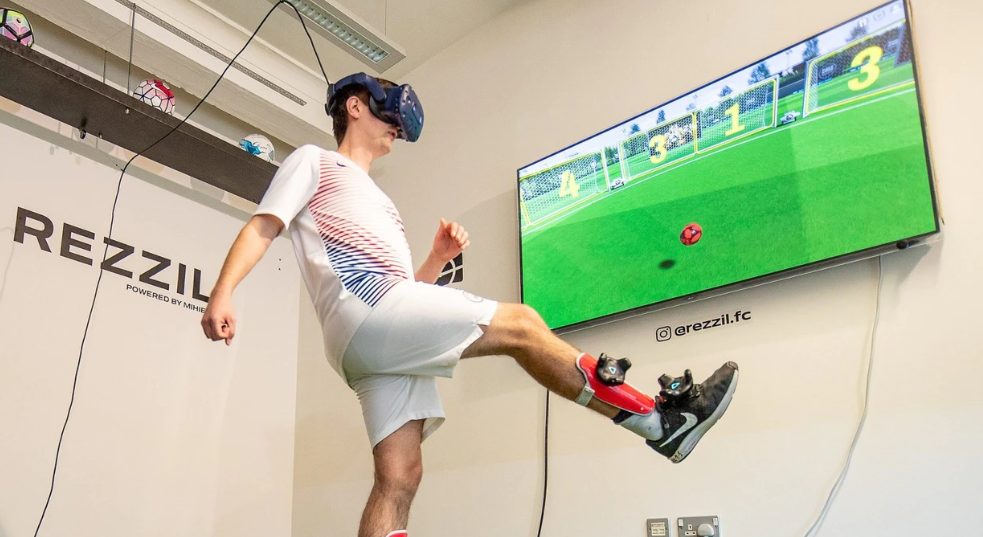Soccer is by far the most popular sports in the world with 4B soccer fans globally, according to Worldatlas. The Top 10 Football Clubs by Market Value Real Madrid have retained their position as the most valuable European football club for the 3rd consecutive year, with an Enterprise Value of…
Share This Story, Choose Your Platform!
Total reviews
Persons recommended this product
Anonymous
Shopper
check_circle Verified
Shop owner replied
Anonymous
Shopper
check_circle Verified
Shop owner replied
Thanks for your review!
Your feedback helps us improve our service.
There are no reviews yet.
Be the first to review “ ”
Please log in to submit a review.
Don't have an account? Register here .
Only logged in customers who have purchased this product may leave a review



